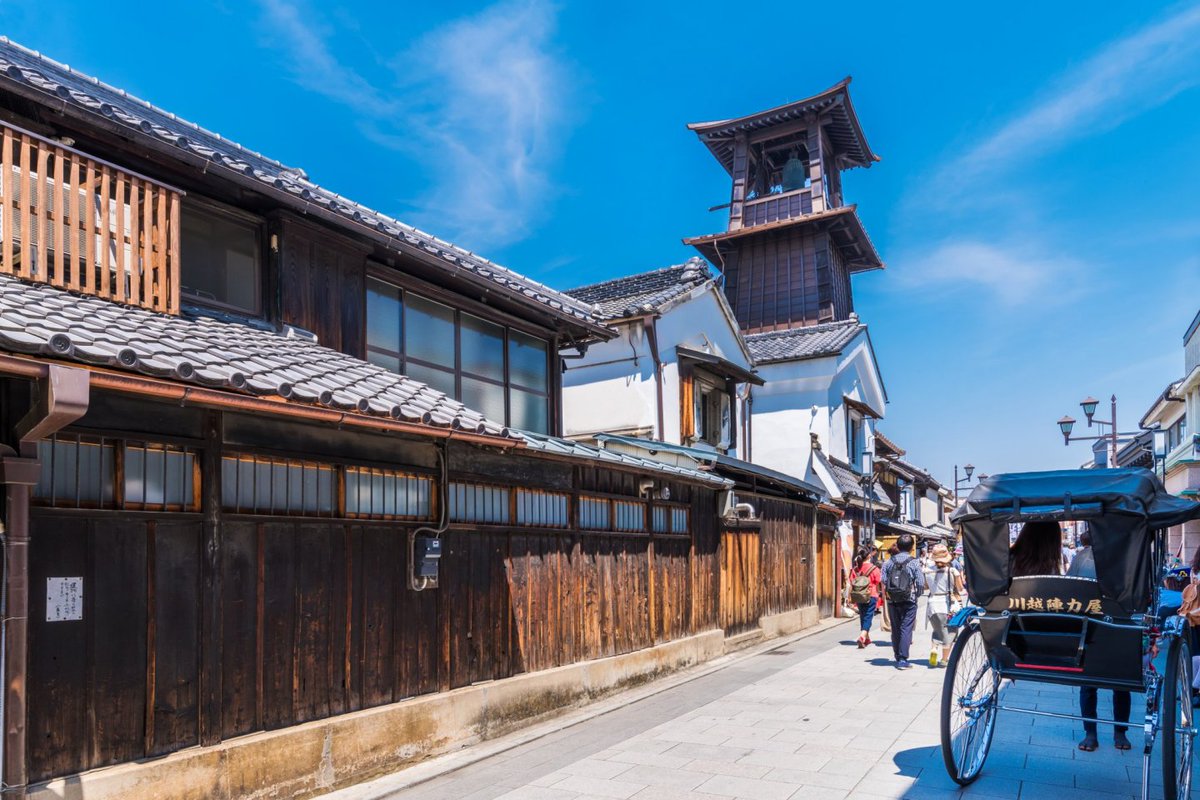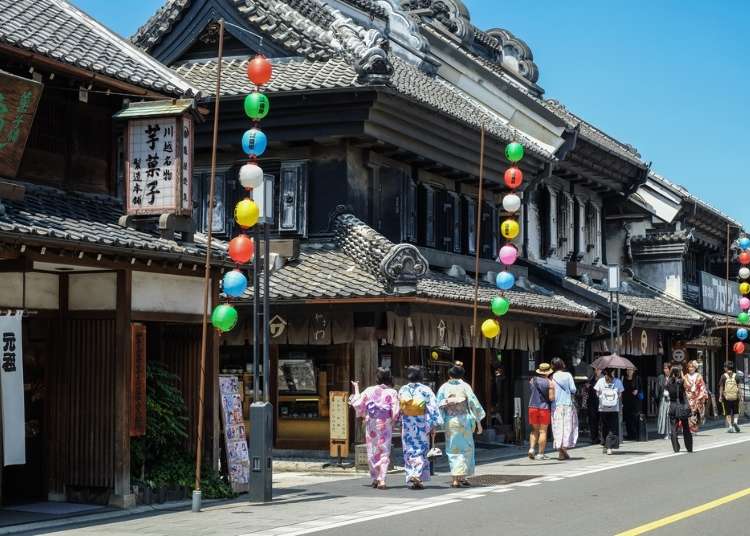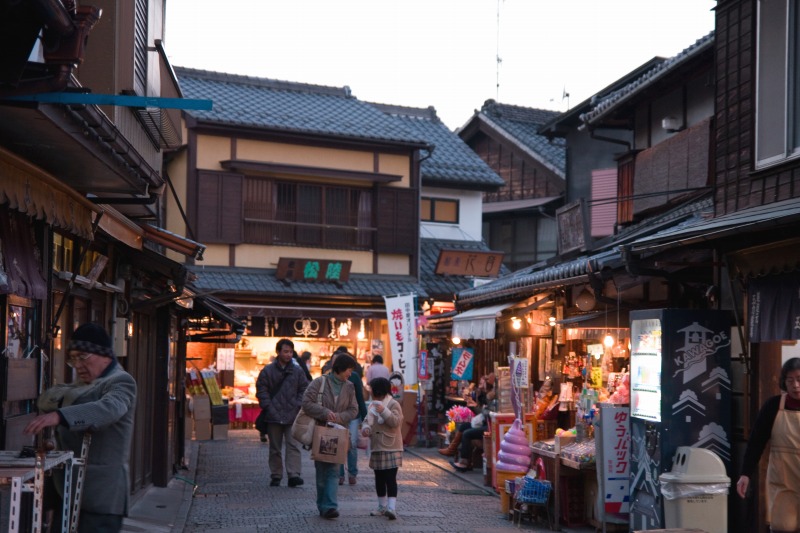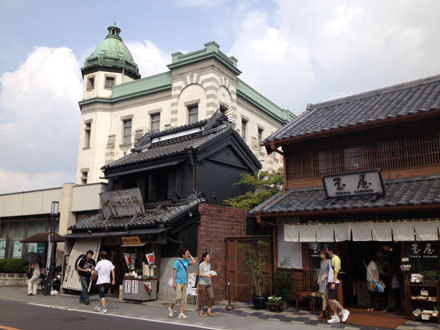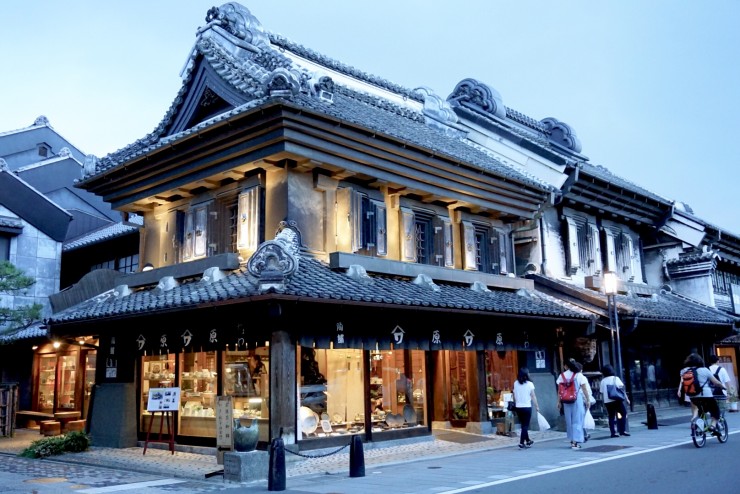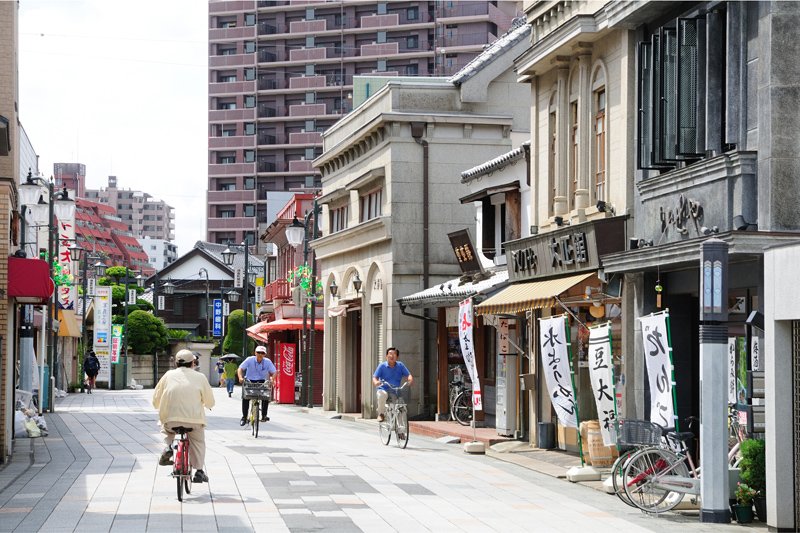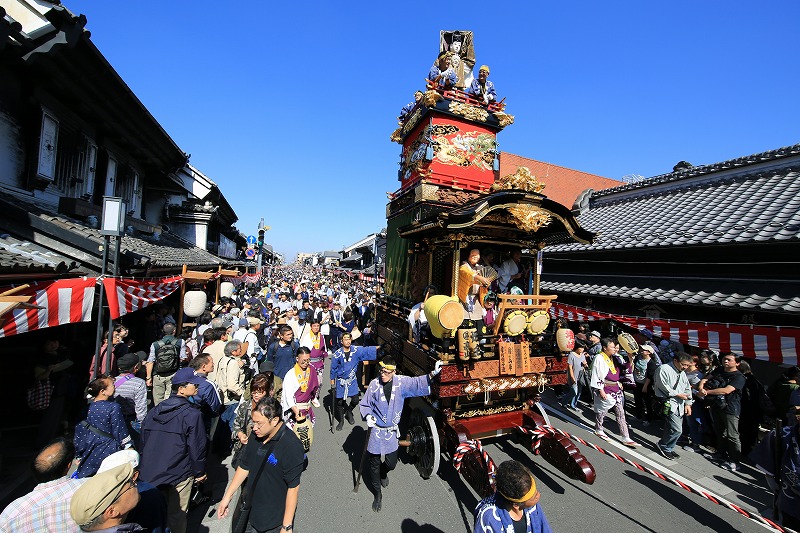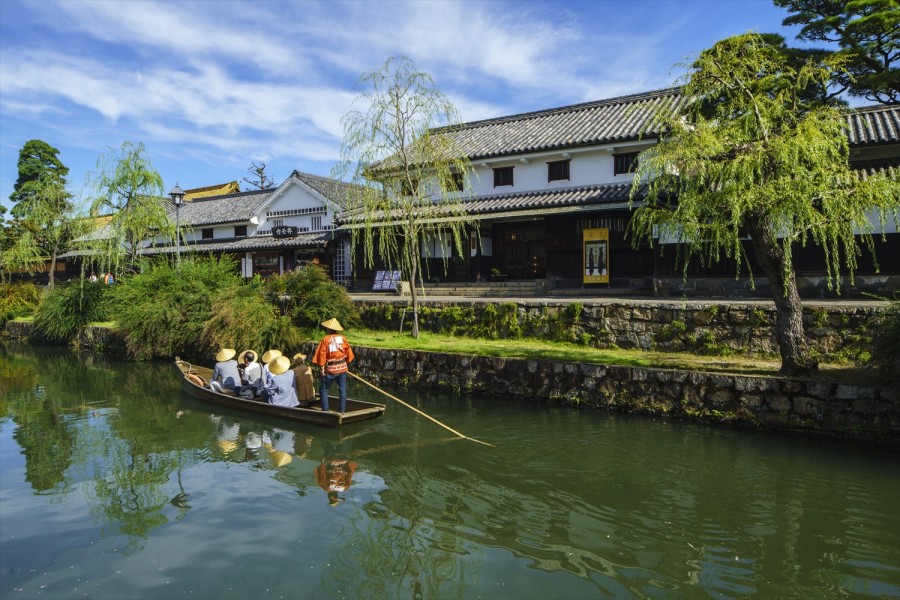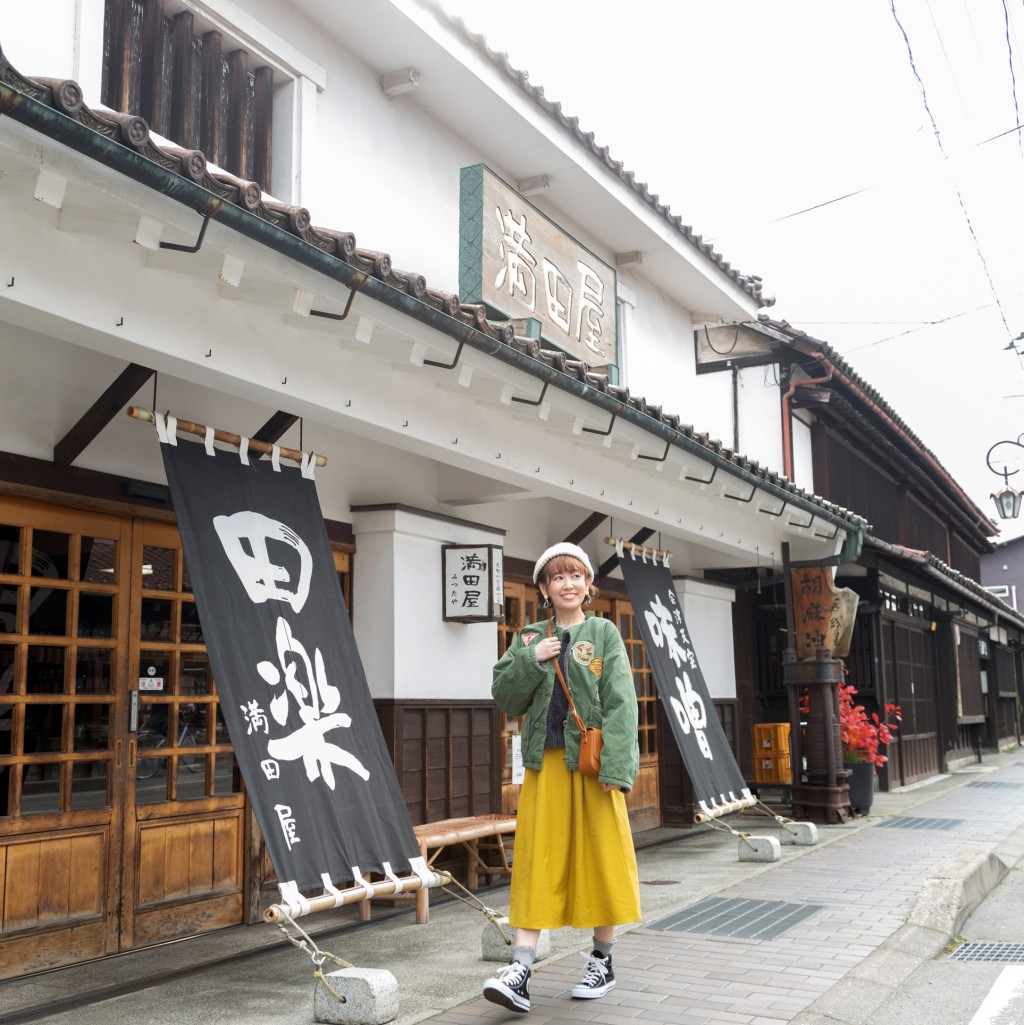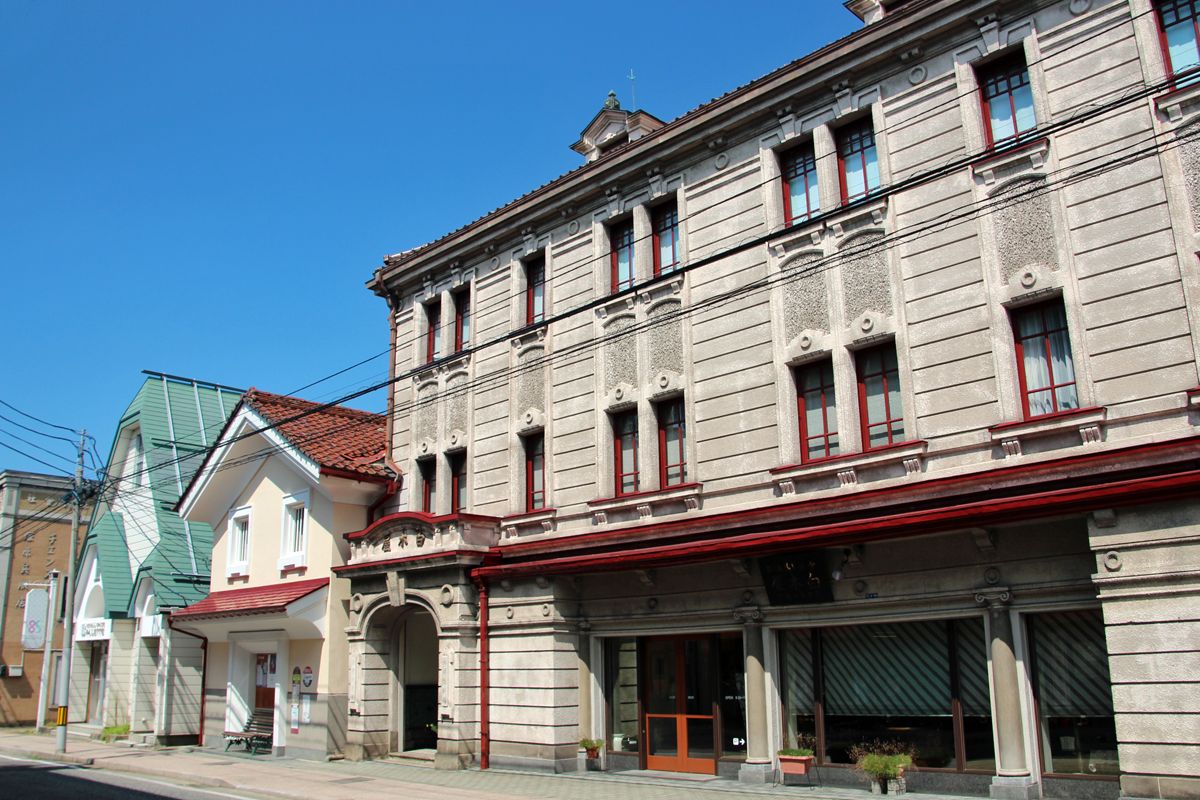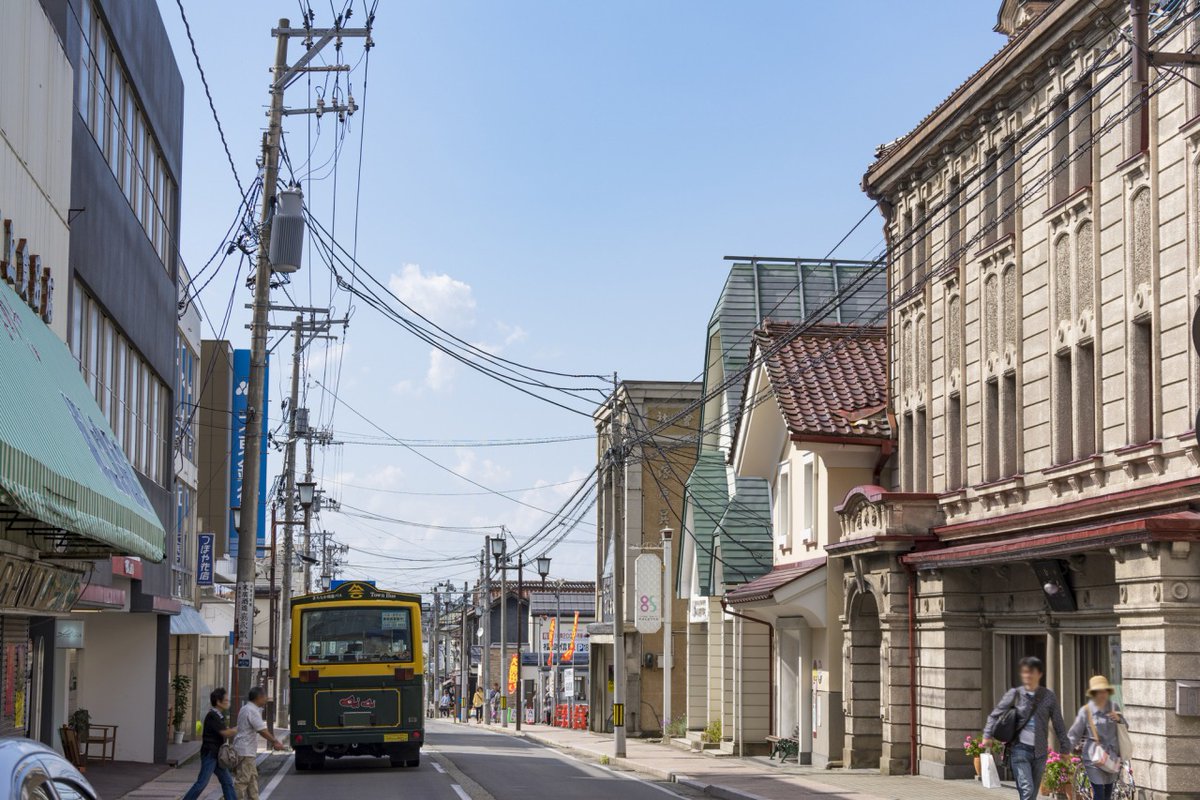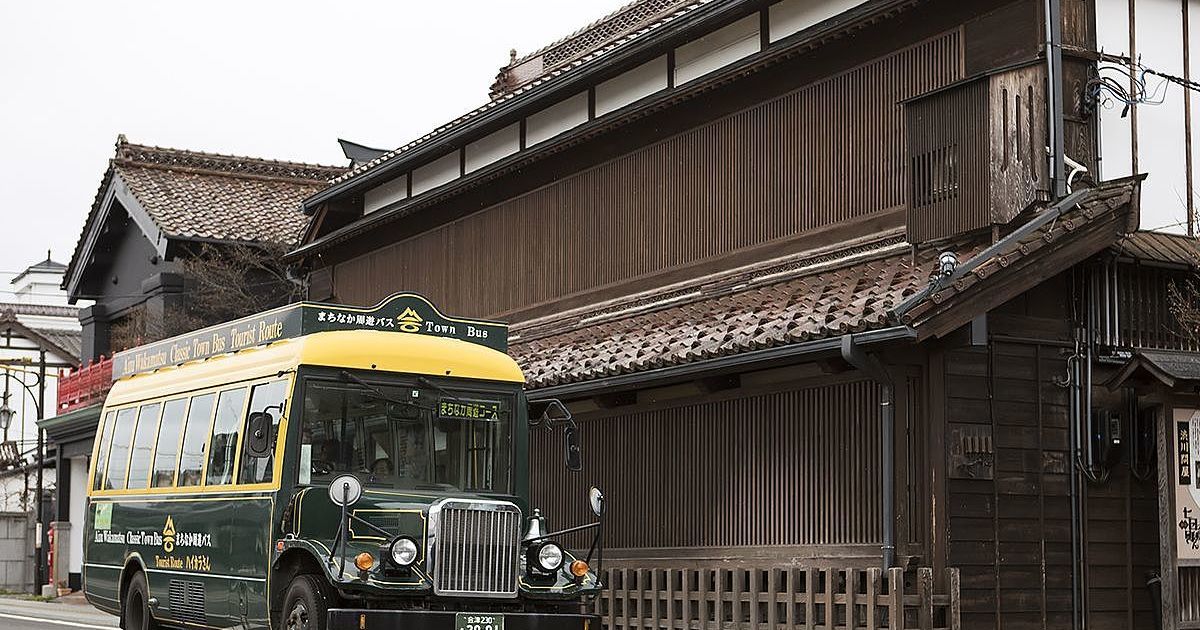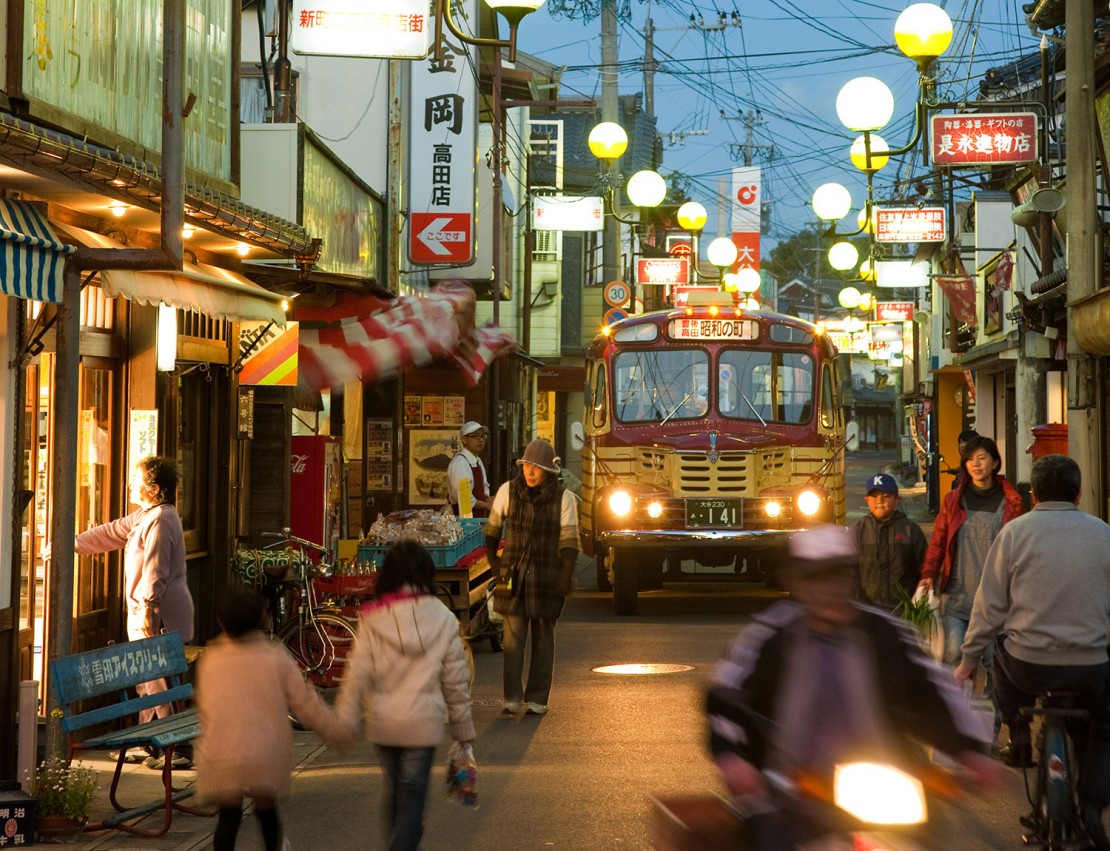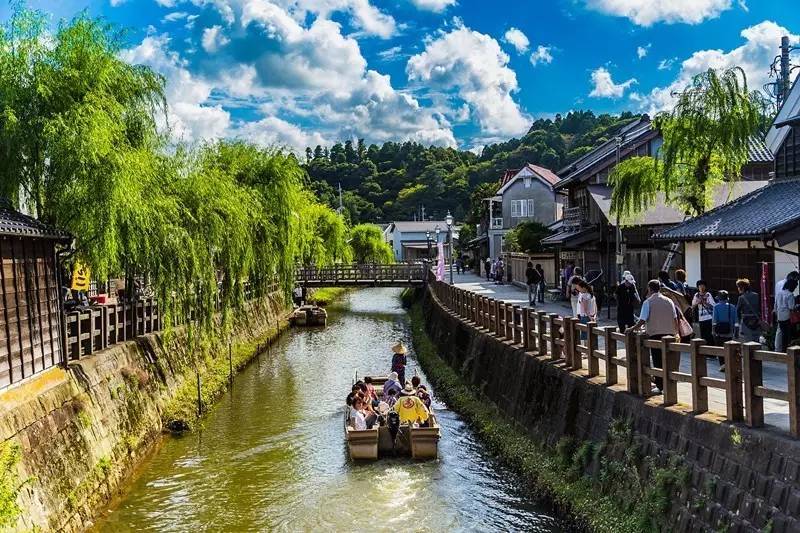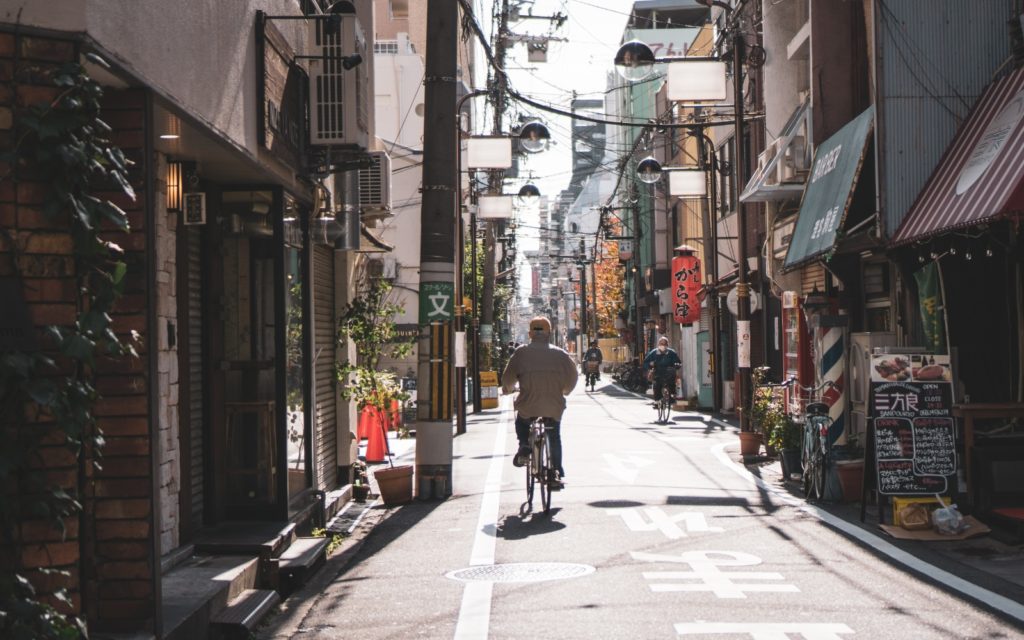By the 1960s, the old traditional merchant town of Kawagoe in Saitama Prefecture north of Tokyo was in steep decline as business and people abandoned the area in favor of the more convenient new shopping centers around the local train stations. Something had to be done...
In 1983 a group of local shop owners, historians, and architects who hated to see the old town go funded a group committed to preserving the townscape: they establish voluntary rules and guidelines on street development for new constructions and renovations, preserving the town.
The result was an astounding success and both local and national governments moved to designate the area traditional townscape a cultural heritage asset, this meant better funding. Today Old Town Kawagoe is a tourist magnet with millions of visitors, setting a good example for...
...a neighboring street that was primarily built during the Taisho era (1912-1926). In 1994 they funded their own group dedicated to preserving and promoting their streets and its historic townscape. "The Taisho Roman Dream Street." It too has become a commercial success story.
Inspired by this, similar citizen initiatives—cultural, historical, architectural, etc.—mushroomed across the city and together they now form a very influential "super-NPO" umbrella org. that can guide local municipal, prefectural or even national policy making and planning.
Other individuals, neighborhoods, towns, and districts across Japan followed, often with spectacular results. Like the Bikan Historical Quarter in Kurashiki city, Okayama Prefecture, where various groups formed to preserve its now famous townscape and canals.
In Fukushima Prefecture, Aizuwakamatsu City, in 1994 the same thing happened. A group of young shop owners formed an NPO to protect and upgrade the old fashioned buildings along the Nanukamachi street. While other neighborhoods nearby died, theirs now thrive and is a major draw.
In Kaneyama Town, Yamagata Prefecture, we see the same story repeated, only this time the local government is in from the start, and taking everyone from local youth to forest and land owners onboard for a project that rejuvenates the entire city. https://twitter.com/wrathofgnon/status/1244499441928683521?s=20">https://twitter.com/wrathofgn...
When Bungotakada City in Oita Prefecture needed to boost their town, they capitalized on the fact that almost all buildings were from the mid-1960s: local shop owners rallied around the year 1965 and went from zero to a major tourist attraction in just a few years. Big bucks.
City development (まちづくり) is really about people development (人づくり): local people taking matters into their own hands focusing on the uniqueness of their own town, using what they have in terms of culture, history, and even materials. It can go from the grand project...
...to simply making sure that local shops are owned and run by local people and that the people who work in the local businesses are also able to live in the neighborhood. You can& #39;t have a good town with a good street, and it is people who make the streets good.

 Read on Twitter
Read on Twitter